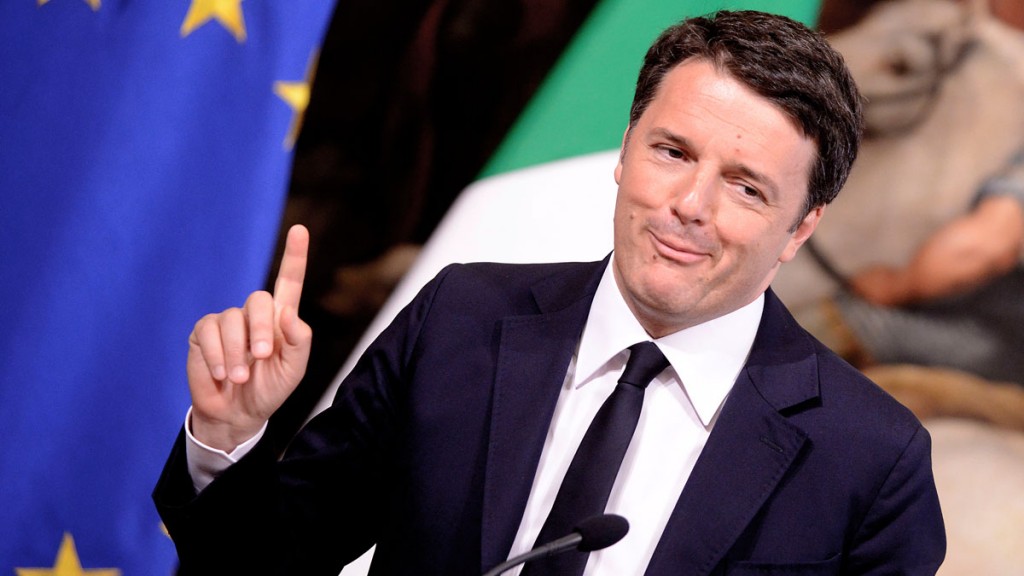
Italy “has gone through a whole global recovery with no growth”, says the Centre for European Reform’s Simon Tilford. Its GDP is still 8% below its pre-crisis peak. So what’s gone wrong? Italian governments have always tended to spend and borrow a great deal, but poor housekeeping was traditionally offset by lower interest rates and devaluing the currency, making Italian goods more competitive abroad. Once the euro arrived, this was no longer possible.
So it became crucial to juice growth through wage restraint and structural reforms to bolster productivity – changes that vested interests have usually managed to thwart. Without these, austerity has just further undermined economic momentum, preventing Italy growing fast enough to stop adding to its overall public debt pile of 132% of GDP. Years of stagnation have pushed youth unemployment to 56% in Sicily. The official overall rate is 11.4%. A damaged banking system stuffed with bad loans hardly helps matters, as it crimps lending.
Encouragingly, the centre-left Prime Minister Matteo Renzi has made some progress on the reform front in the past two years. He has pushed through a bill to curtail the power of the Senate, which would greatly simplify “the long and tortuous lawmaking process”, says Giada Zampano in The Wall Street Journal. That will make future reforms much easier to pass. It will be put to a referendum in October.
In the meantime, he has managed to introduce a modicum of flexibility into Italy’s famously rigid labour market. It is now easier for companies to fire workers (newly employed ones only, however, not employees already in work) and a new type of contract has been introduced to straddle the stark divide between short-term, precarious jobs with few benefits and generous full-time contracts, which are almost impossible for employers to terminate.
More recently, he has turned his attention to deregulating protected professions, such as taxis, pharmacies and notaries. Confidence is gradually returning – unemployment is at a three-year low and foreign direct investment has ticked up. But Italy has a long, long way to go.